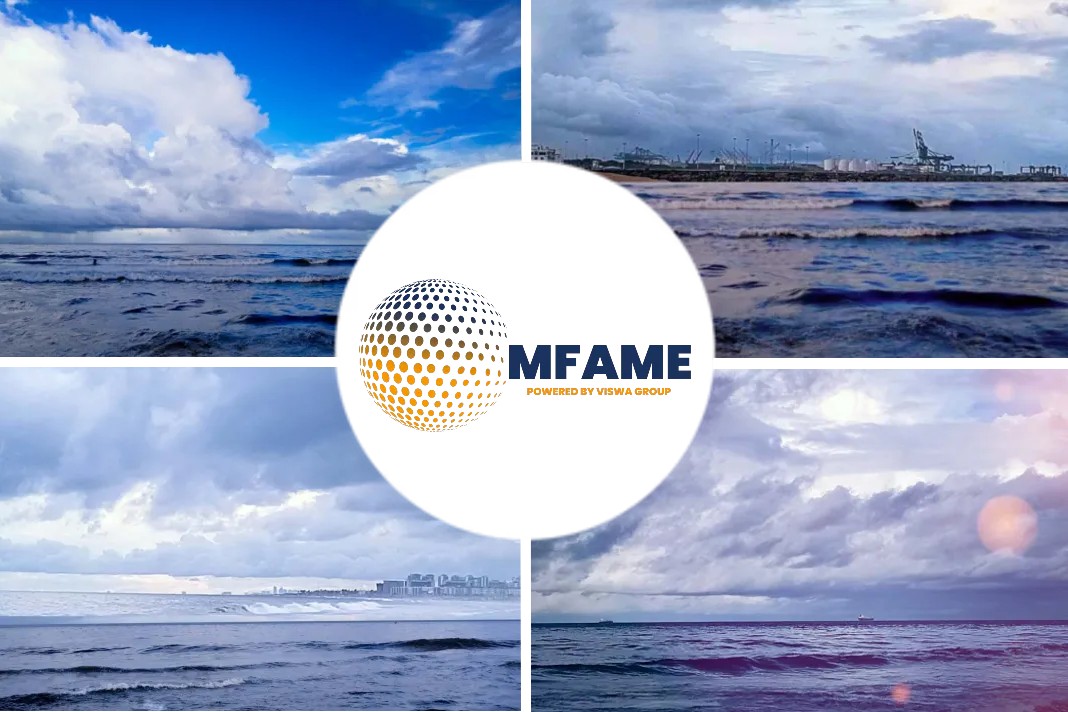Ship navigation and port data can be exchanged using a new standard following its publication by the International Electrotechnical Commission (IEC), reports Riviera Maritime Media.
The standard IEC 63173-2 for secure exchange and communications (SECOM) was inspired from development and validation of standards by Sea Traffic Management (STM) projects.
Data exchange between ships and shore
IEC 63173-2 SECOM will provide terms for interoperability of information as it sets methods of data exchange between ships and shore. It supports S-100 formats, produced by the International Hydrographic Organization, for a new generation of ship navigation electronic charts and information.
IEC created IEC 63173-2 SECOM to support all definitions of what data is exchanged, making it a cornerstone for secure maritime information exchange.
IEC 63173-2 SECOM, published 30 May 2022, was developed from experience with STM’s Voyage Information Service, as a standardised interface to transfer S-100 products and those of other formats.
IEC Maritime navigation and radiocommunication equipment and systems committee chair Hannu Peiponen says IEC 63173-2 SECOM will reduce communications issues between different ship navigation products.
“SECOM is an exchange layer that guarantees that different services and software exchange data the same way,” he says. “For manufacturers of maritime systems, this eliminates the need to support several interfaces for different services and products.”
Valuable end-user services to the maritime community
Operators of one system will be able to view data from other ships with different equipment on board.
“If a service or product works with one actor using it, it will work with all,” says Mr Peiponen. “This will make it easier to provide valuable end-user services to the maritime community to increase safety and efficiency, while at the same time, opening the possibility to reduce the environmental footprint.”
STM tested and validated navigation data exchange during trials and testbeds.
“Route exchange in the STM Validation project was the starting point,” says STM testbed manager Björn Andreasson. “However, in the standardisation work, the scope was expanded from voyage plans and navigational warnings to include exchange of all S-100-based products,” he says.
Cornerstone for interoperability
IEC 63173-2 SECOM will be a cornerstone for interoperability of the same magnitude as standard data formats and common authentication methods.
STM was behind a project to improve ship navigation safety in the Baltic Sea, where there are narrow passages, crossing traffic and congested waters. STM BALT SAFE (2019-2021) increased navigation safety by providing STM-enabled maritime services to tanker traffic in the Baltic.
It enabled voyage plans to be exchanged and integrated STM functionalities in vessel traffic management centres, enhanced maritime traffic monitoring, optimised voyage planning and automated reporting services. This project was implemented by public administrations from Norway, Sweden, Finland and Estonia.
Another project was implemented in 2019 to improve traffic management and communications in the eastern Mediterranean. This three-year project, Steam, developed the Port of Limassol as a transhipment and information hub adopting modern digital technologies. It was also a driver for shortsea shipping in the eastern Mediterranean and improved traffic management in the area.
Did you subscribe to our daily Newsletter?
It’s Free! Click here to Subscribe
Source: Riviera Maritime Media






















